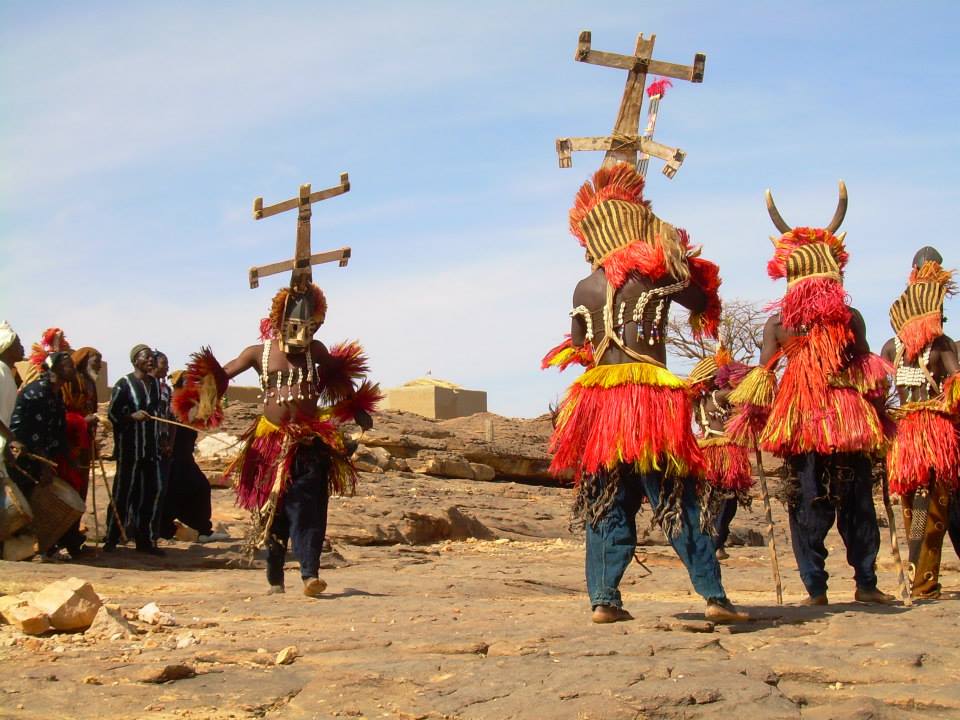The reasons why female genital cutting (FGC) continues are multifarious and overlapping. Complex and interconnected sets of reasons for FGC are woven into the faiths of the communities. Thus, faith becomes the genesis of these reasons, making FGC considered to be beneficial by the communities. These reasons can be broadly grouped as traditional, socio-cultural, sexual and hygienic, but are also closely connected with each other:
• Traditional: According to Anika Rahman and Nahid Toubia, authors of Female Genital Mutilation: A Guide to Laws and Policies Worldwide, for a number of communities FGC is considered a rite of passage to womanhood and is driven by traditional beliefs. This womanhood is often believed to add to the marriageability of the circumcised women. The practice is carried forward by the women belonging to these communities for generations. Though there is no direct mention of the practice in the Quran, hadiths became a traditional source of its justification. At this juncture of faith, tradition paves the way for the socio-cultural reasons behind the practice.
 Dogon people of Mali / Photo by Jenny Cordle
Dogon people of Mali / Photo by Jenny Cordle
• Socio-Cultural: Among practicing communities, the practice in many ways becomes a hallmark of communal identification, as it garners acceptability and induces social conformity within communities. Some communities are also believed to have adopted FGC due to contiguous cultural influences. Considerable communal pressure for performing FGC involves the threat of social ostracism. Local structures of authoritative forces ensure the continuation of the practice by implementing these measures on the basis of their social norms. As the practice remains one of the sole sources of income for traditional cutters, economic reasons as a corollary to the socio-cultural ones also drive the practice.
• Sexual: FGC is believed to control women’s sexual behaviour. There are claims of it restricting women’s sexual urges. Extreme procedures, such as infibulation, are used as mechanisms to keep women’s premarital virginity and marital fidelity in check. Due to the extreme pain that intercourse typically causes in infibulated women, women do not get sexual pleasure. FGC is frequently claimed to be used as an impediment toward the “promiscuous” nature of women.
• Hygienic: Many believe the removal of a part of female genitalia amounts to cleanliness. In this regard, cleanliness in the hygienic sense results in physical purity, which is ultimately believed to pave the way for spiritual purity. This understanding of purity becomes closely entangled with the cultural beliefs of femininity and modesty.
Despite creating this broad rubric of prominent reasons, the reasons noticeably overlap and are distinct in manifestation when it comes to the customs of specific communities. In certain cases, there are multiple driving factors, whereas in other cases the manifestations of these reasons are even more particularistic. For example, as Laurenti Magesa, the author of African Religion: The Moral Traditions of Abundant Life, explains among the Kikiyu people of Kenya, FGC is celebrated as a mark of womanhood. Among the Bambuti and Thonga community, during the procedure girls are shown no mercy and are treated with ruthlessness as a sign of their gallantry and bravery. Among certain groups in Tanzania and Somaliland, infibulation is believed to form a “chastity belt” around the skin of female genitalia.
Magesa underlines a few reasons for FGC specific to diverse African communities. Primarily, it is conceived as a mark of valour and of enduring physical pain within the community. This pain is thought to teach girls about sacrifice for the community as well as a sense of belonging. Finally, many believe that the practice strengthens the community bond among generations and knits the community together. Among many communities, girls are prepared for the practice through an initiation ceremony. But among the Zaramo people of Tanzania, the girl is secluded for a substantial period after circumcision. During this particular period, girls are trained and informed about obedience in general, conformity to social norms, fertility, and childbirth. According to Kouba and Muasher, the Dogon and Bambara people of Mali believe that a child, born with both male and female souls, is also possessed by wanzo. Wanzo is believed to be evil residing in both the male and female genitalia and thus, cutting as a process helps in getting rid of wanzo.
In India, Bohra Muslims are evidentially the most significant community practicing FGC, which is termed as khafz. As per the believers of the community, Da’i al-Mutlaq, also known as Da’i, hold an authoritative, infallible status in the community. Da’i or Syedna (as referred to by the Dawoodi Bohras) is considered to be the sovereign leader, spiritual guardian and temporal guide of the community. As Da’i considers Daim-ul-Islam as the binding religious text for the Bohras, diktats of the text are taken as truth by the community members. It is a text written by Al-Qadi al-Nu’man who served from the 11th to the 14th Imam of the Shia lineage. In this text, the Prophet is believed to advise for a simple cut of women’s clitoral skin as this assigns purity on women and may make them more “beloved by their husbands”. The community mostly puts forward religious reasons based on their faiths in support of the practice. There are multiple narratives justifying the practice among the Bohra community members. A substantial number of community members believe that the practice tames women’s sexual urges and preserves modesty. Many claim that the nicking of the prepuce helps increase women’s sexual pleasure by exposing the tip of the clitoral hood. In this regard, it is often put forward in the same breath as the genital altercation procedures of clitoral un-hooding. Similar narratives espouse that the practice induces purity among women. For them, if it is well within the rights of Muslim men to be spiritually pure by performing circumcision, it is unjustifiable to prevent women from attaining equivalent purity. In fact, in certain cases, there are convictions by the pro-FGC Bohras toward the futuristic scientific revelations about khafz’s perceived benefits.
When faith becomes a part of people’s everyday life, life needs to get enlightened from its core not by denying faith but by striving for incorporating elements of rationality to it. Although these reasons for the continuation of the practice may not seem justifiable to some in the present context, the incomprehensibility of these reasons may not be countered with outright rejections. In fact, forcefully drawing the private matters of women into a public spectrum may be a source of those women feeling alienated. Rather, holistic approaches and educational campaigns may be useful tools to win the trust of the communities. The chasm between the opposing sides (those who believe FGC to be harmful and those who claim it is a religious right) can only be bridged by generating mutual respectability and building conversational engagement.
More about Debangana:
Debangana is a doctoral scholar at the Centre for International Politics Organisation and Disarmament (CIPOD), Jawaharlal Nehru University. Through her research, she is trying to locate the existing Indian discourse surrounding the practices of FGM/C and Hijab into the frame of international politics. If you would like to connect with Debangana, you can reach her at This email address is being protected from spambots. You need JavaScript enabled to view it.

